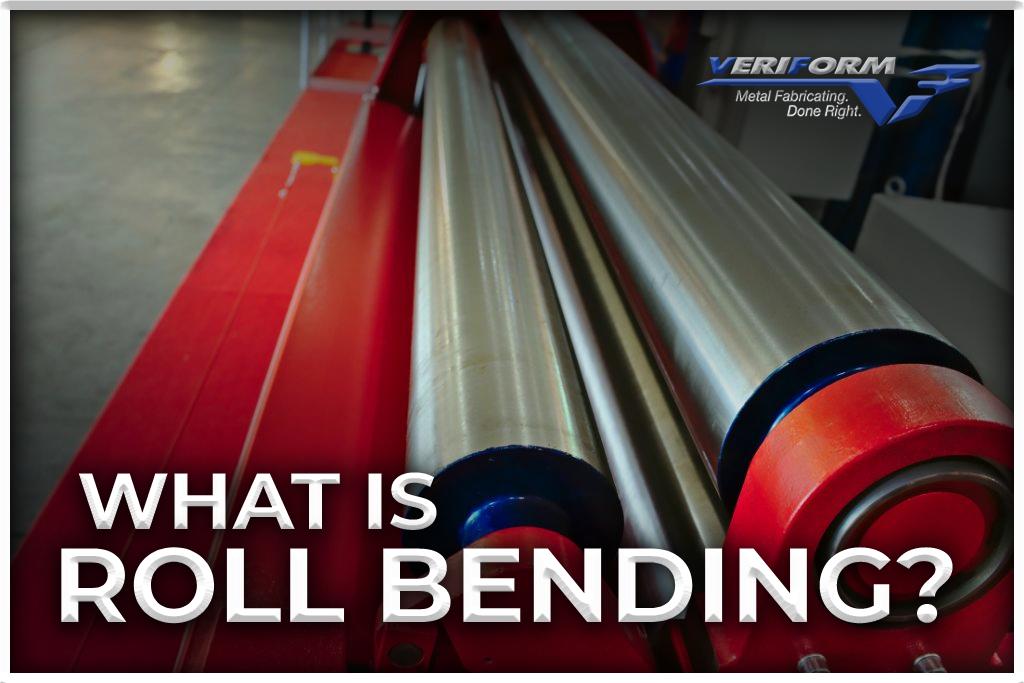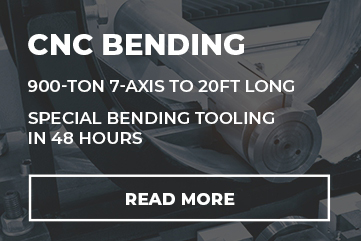News
What is Roll Bending: A Comprehensive Guide to Techniques, Applications, and Comparisons

Roll bending is an indispensable technique in the world of metal fabrication. It’s a process that allows us to create intricate, curved shapes out of metal sheets, bars, and tubes. This article will take a deep dive into the world of roll bending, discussing what it is, the different types, applications, advantages, and limitations. So let’s jump right in!
What is Roll Bending?
Roll bending, also known as plate rolling or angle bending, is a metalworking process that uses a series of rollers to bend a metal piece into a specific curve or radius. The metal is forced through the rollers, progressively applying pressure to shape the material into the desired curvature. This process is commonly used for manufacturing pipes, tanks, and other cylindrical or conical shapes.
What are the Different Types of Roll Bending
There are several types of roll-bending machines, each designed for specific applications and materials. Here are three of the most common types:
- Three-Roll Bending: This method uses three rollers arranged in a triangular configuration. The metal is passed between the rollers, which apply pressure and cause the material to bend. This is the most common type of roll bending and is suitable for a wide range of applications.
- Four-Roll Bending: This method uses four rollers, providing more control over the bending process. This type of roll bending is ideal for creating complex shapes and tight radii and is often used for precision work.
- Vertical Roll Bending: This type of roll bending uses vertically aligned rollers. It is ideal for bending heavy, thick materials and is often used in industries such as shipbuilding and construction.
What Are The Applications of Roll Bending
Roll bending is widely used across various industries due to its versatility and precision. Here are some of the most common applications:
- Manufacturing Industry: Roll bending is essential in producing storage tanks, pressure vessels, and large pipes.
- Automotive Industry: The automotive sector relies on roll bending to create components such as exhaust pipes, fuel lines, and chassis parts.
- Aerospace Industry: In the aerospace industry, roll bending produces wing spars, fuselage sections, and other critical components.
Advantages of Roll Bending
Roll bending offers several benefits over other metalworking techniques:
Versatility: Roll bending machines can handle various materials and thicknesses, making them suitable for various applications.
Efficiency: The process is relatively quick, especially when compared to other metal bending techniques.
Precision: Roll bending can produce tight
radii and complex curves with high accuracy.
Minimal Material Waste: Since the process relies on precise bending, there is minimal material waste.
Limitations of Roll Bending
Despite its many advantages, roll bending has a few limitations:
Material Limitations: Some materials, such as brittle metals, may not be suitable for roll bending due to the risk of cracking or breaking.
Initial Investment: Roll bending machines can be expensive, especially for small businesses or those with limited budgets.
Skilled Operators Required: Operating a roll-bending machine requires a certain level of skill and experience, which may necessitate additional training for staff.
Choosing the Right Roll Bending Machine
When selecting a roll-bending machine, consider the following factors:
Material Type: Ensure the machine is designed to work with the specific material you will be bending.
Bending Radius: Choose a machine with the appropriate bending capabilities for your required radius.
Machine Size and Capacity: Consider the size of the machine and the maximum capacity it can handle to ensure it meets your production needs.
Roll Bending vs. Other Bending Techniques
While roll bending is an excellent choice for many applications, it’s also essential to consider other bending techniques. Here’s a comparison with two other popular methods:
Press Brake Bending: This method uses a press brake machine, which applies force to a metal piece to create bends. Press brake bending is suitable for creating sharp angles and is ideal for producing small, intricate components. However, it can be slower and less versatile than roll bending.
Rotary Draw Bending: Rotary draw bending uses a rotating die to bend the metal around a fixed mandrel. This method is ideal for creating tight radii and is commonly used for tube bending. However, it may not be as efficient as roll bending for large-scale production.
Conclusion
In conclusion, roll bending is a versatile and efficient metalworking process that allows for the creation of complex curves and shapes. With a range of applications across various industries, it’s an essential technique for any metal fabricator. By understanding its advantages, limitations, and alternatives, you can make an informed decision about the best bending method for your specific needs.
FAQs
What materials can be roll bent?
Roll bending is suitable for various materials, including steel, aluminum, copper, and brass. However, some brittle materials may not be ideal for roll bending due to the risk of cracking.
Is roll bending suitable for small-scale production?
While roll bending machines can be expensive, smaller machines are available for small-scale production or prototyping purposes.
How do I maintain a roll-bending machine?
Regular maintenance, such as lubricating moving parts, inspecting for wear, and ensuring proper alignment, can help extend the life of your roll-bending machine.
Can I bend metal with tight radii using roll bending?
Yes, roll bending is capable of producing tight radii and complex curves. Four-roll bending machines are especially suitable for precision work.
What industries commonly use roll bending?
Some common industries that use roll bending include manufacturing, automotive, aerospace, shipbuilding, and construction.








